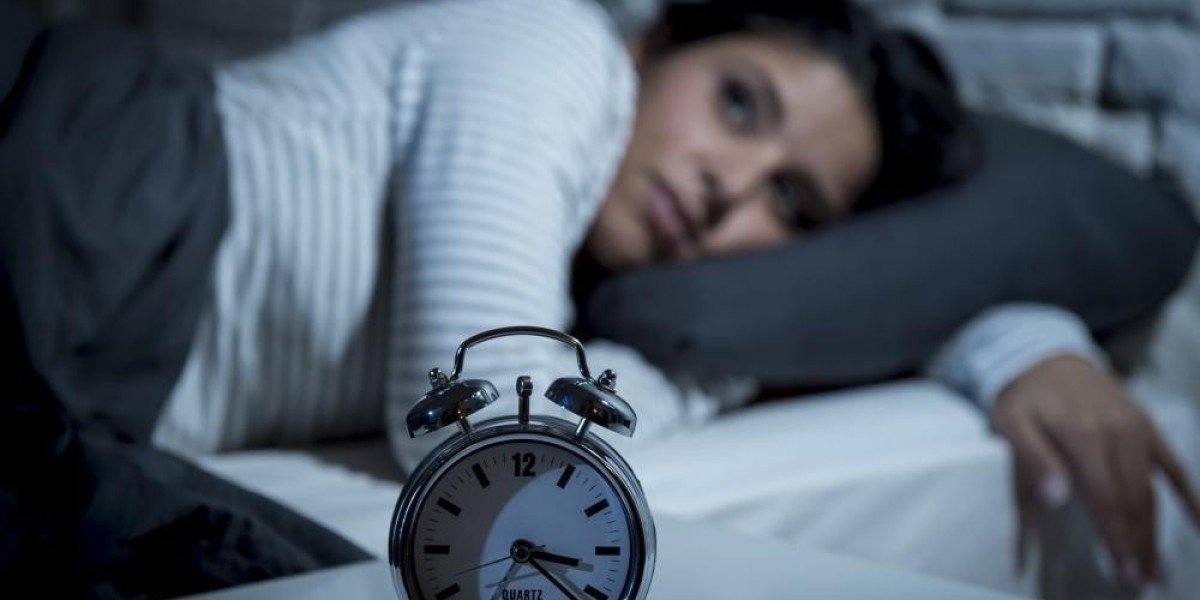Introduction
In our modern world, technology has become deeply intertwined with our daily lives. From smartphones to tablets and computers, screens are omnipresent. While technology has revolutionized communication, information access, and entertainment, it has also introduced significant challenges to our health, particularly in the realm of sleep. This article explores the impact of technology on sleep, the factors contributing to insomnia, and effective strategies for breaking the cycle of sleeplessness.
Understanding Insomnia
What is Insomnia?
Insomnia disorder is characterized by difficulty falling asleep, staying asleep, or waking up too early and not being able to return to sleep. This condition can be acute, lasting a few days or weeks, or chronic, persisting for a month or more. Insomnia affects millions globally and can lead to serious health consequences, including anxiety, depression, and cognitive impairment.
The Role of Sleep
Sleep is essential for overall health. It supports cognitive function, emotional well-being, and physical health. During sleep, the body repairs itself, and the brain consolidates memories and processes information. Disruptions in sleep can lead to a cascade of negative effects, underscoring the importance of understanding insomnia's root causes.
The Technology-Sleep Connection
Blue Light and Sleep Disruption
One of the most significant impacts of technology on sleep is the exposure to blue light emitted by screens. Blue light can interfere with the production of melatonin, the hormone responsible for regulating sleep-wake cycles. Studies indicate that using devices like smartphones, tablets, and computers in the evening can delay sleep onset, leading to shorter sleep duration and poorer sleep quality.
Digital Distraction
Technology also contributes to insomnia through digital distraction. Social media, emails, and streaming services can keep users engaged late into the night. The compulsive nature of these platforms can lead to a cycle of late-night usage, resulting in sleep deprivation. The constant notifications from apps can create a sense of urgency, making it difficult to unwind and prepare for sleep.
Information Overload
The vast amount of information available online can lead to overthinking and anxiety. Consuming news or engaging in debates online can stimulate the mind, making it challenging to relax before bed. This cognitive stimulation can prevent the transition into sleep, perpetuating the cycle of insomnia.
Breaking the Cycle of Insomnia
Setting a Technology Curfew
One effective strategy for improving sleep is to establish a technology curfew. By setting a specific time to put away devices—ideally one to two hours before bedtime—you can reduce blue light exposure and allow your brain to wind down. Use this time for relaxing activities, such as reading a book or meditating, to promote better sleep hygiene.
Creating a Sleep-Conducive Environment
Transforming your bedroom into a sleep-friendly space is crucial. Ensure that your sleeping environment is dark, quiet, and cool. Consider using blackout curtains, white noise machines, or eye masks to minimize disturbances. Additionally, keeping electronic devices out of the bedroom can reduce temptation and encourage healthier sleep patterns.
Mindfulness and Relaxation Techniques
Incorporating mindfulness and relaxation techniques into your pre-sleep routine can help alleviate anxiety and promote better sleep. Practices such as deep breathing, progressive muscle relaxation, or guided imagery can calm the mind and prepare the body for rest. Apps that focus on meditation and relaxation can be beneficial, but it’s essential to limit their use close to bedtime.
Limiting Stimulants
Being mindful of your intake of caffeine and nicotine is essential. Both substances are stimulants that can interfere with your ability to fall asleep. Aim to avoid these substances in the hours leading up to bedtime. Additionally, be cautious with alcohol; while it may initially help you fall asleep, it can disrupt sleep cycles later in the night.
Physical Activity
Regular physical activity has been shown to improve sleep quality. Engaging in moderate exercise during the day can help regulate your sleep-wake cycle. However, avoid vigorous workouts close to bedtime, as they may have a stimulating effect and make it harder to wind down.
The Role of Sleep Technology
Sleep Tracking Apps and Devices
Interestingly, technology can also play a positive role in manage insomnia. Sleep tracking apps and wearable devices can help you monitor your sleep patterns, providing insights into your sleep quality and duration. This information can help you identify trends and make necessary adjustments to improve your sleep hygiene.
White Noise and Relaxation Apps
Many apps and devices offer soothing sounds or white noise to help mask disruptive sounds and create a calming environment. These can be particularly beneficial for individuals who find it challenging to fall asleep in a noisy environment. Incorporating these tools into your bedtime routine can facilitate relaxation.
Conclusion
The impact of technology on sleep is multifaceted, presenting both challenges and solutions. While screens and digital distractions can contribute to insomnia, establishing healthy habits and leveraging sleep technology can help break the cycle of sleeplessness. By prioritizing sleep hygiene and mindful technology use, we can enhance our overall well-being and ensure restful nights. The journey to better sleep begins with understanding the interplay between technology and rest, and taking proactive steps to reclaim our sleep.



